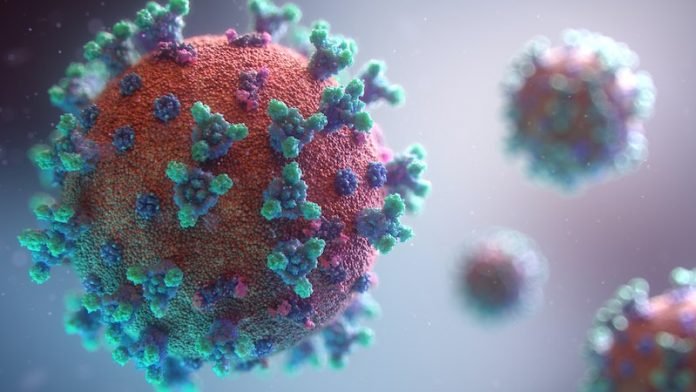
In a new study, researchers found computer-designed small proteins could protect lab-grown human cells from SARS-CoV-2, the coronavirus that causes COVID-19.
In the experiments, the lead antiviral candidate, named LCB1, rivaled the best-known SARS-CoV-2 neutralizing antibodies in its protective actions. LCB1 is currently being evaluated in rodents.
The research was conducted by a team at the University of Washington.
Coronaviruses are studded with so-called Spike proteins. These latch onto human cells to enable the virus to break in and infect them.
The development of drugs that interfere with this entry mechanism could lead to the treatment of or even prevention of infection.
In the study, the team used computers to originate new proteins that bind tightly to SARS-CoV-2 Spike protein and obstruct it from infecting cells.
Beginning in January, more than two million candidate Spike-binding proteins were designed on the computer. Over 118,000 were then produced and tested in the lab.
The researchers created antiviral proteins through two approaches. First, a segment of the ACE2 receptor, which SARS-CoV-2 naturally binds to on the surface of human cells, was incorporated into a series of small protein scaffolds.
Second, completely synthetic proteins were designed from scratch. The latter method produced the most potent antivirals, including LCB1, which is roughly six times more potent on a per mass basis than the most effective monoclonal antibodies reported thus far.
To confirm that the new antiviral proteins attached to the coronavirus Spike protein as intended, the team collected snapshots of the two molecules interacting.
They say although extensive clinical testing is still needed, they believe the best of these computer-generated antivirals are quite promising.
One author of the study is Longxing Cao, a postdoctoral scholar at the Institute for Protein Design.
The study is published in Science.
Copyright © 2020 Knowridge Science Report. All rights reserved.



